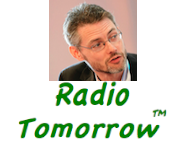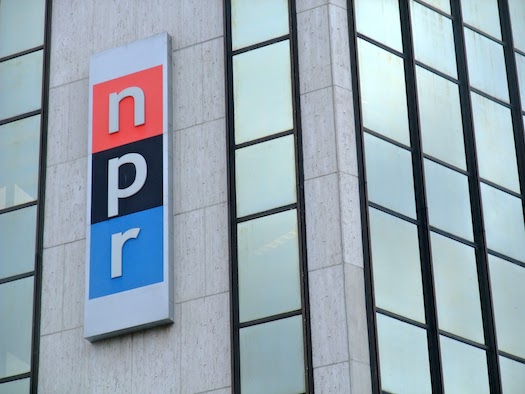Radio Tomorrow with James Cridland
I may have written about NPR One before. But radio programmers tell me to continually ‘reset’, and NPR One has some of the most important elements that I think are the future of connected radio.
NPR once stood for National Public Radio. They have over 1,000 member stations across the US. NPR One, which is available globally for iPhone or Android, isn’t just a streaming app – it’s more than that.
NPR One does at least two things of note:
Atomisation. It breaks long programs up into short pieces. Typically, a, say, 30-minute news program will consist of a newsreader reading cues into pre-recorded reports, or short interviews. Behind the scenes at NPR One, these self-contained items are “atomised’ – extracted into individual pieces of audio, and metadata added: what this item is about, what its title is, and so on.
Lego-bricking. Just as you can assemble Lego plastic bricks into anything you like, the NPR One app assembles these atomised pieces of audio into a unique stream for every listener. Crucially, it’s assembled like a radio program: but like a radio program if you were able to be in control of the listener.
So, if you open NPR One, it works like, and sounds like, radio – it’s a non-stop stream of audio which requires the audience to do nothing more than just turn it on. It is ‘presented’ – that is, there’s always a guiding voice telling you about the next report or piece of audio, even if there are many different voices. Leave it alone, and you’d find it hard to tell that it isn’t just a stream of an NPR station.
You’ll quickly realise, though, that something’s missing. The strange plinky-plonky jazz that permeates NPR’s programming like some kind of invasive weed, which I can only assume is there to aid the network into hitting clock-starts, isn’t there. Which is great.
But also… the programming clock is missing. When you start NPR One, you hear the news bulletin (both national news and from your local NPR station). Then you’ll hear the piece that the algorithm has chosen as the very best piece from NPR at that moment. There’s no waiting to the top of the hour: you get what you want, when you want it.
The absence of the program clock also means that timezones don’t matter. So I get the best programming from NPR, even if I am connecting to NPR One in the middle of the night.
And, as you’ve probably already guessed, you can skip items you’re not interested in. The app takes note of this, and will play you less of those in future. So, if I repeatedly skip what the Americans laughingly call sports news, then my listening experience isn’t polluted by a so-called World Series that omits 184 countries. You can also mark items as “interesting”, which is a good cue for the app to play more of it.
That data is also fed back to NPR, so they can learn how to make better radio, which holds the listener for longer.
Your station might not have an NPR One app, but “atomisation” takes a short time and is ideal for preparing audio for your website, your podcasts, and for social media. And the technology behind the “lego-bricking” really isn’t complex to write.
So, over the holiday period, if you’re getting bored of the repeats and the stand-ins on broadcast radio, give NPR One a try. It is, genuinely, the future of radio – at least, on a connected device.
About The Author
 James Cridland is a radio futurologist: a writer, speaker and consultant on the effect that new platforms and technology are having on the radio business across the world.
James Cridland is a radio futurologist: a writer, speaker and consultant on the effect that new platforms and technology are having on the radio business across the world.
He writes for publications across the world, and runs media.info the worldwide media information website. He also runs a free weekly newsletter with news of radio’s future.
British by birth, James lives in Brisbane, QLD and is a fan of craft beer.

